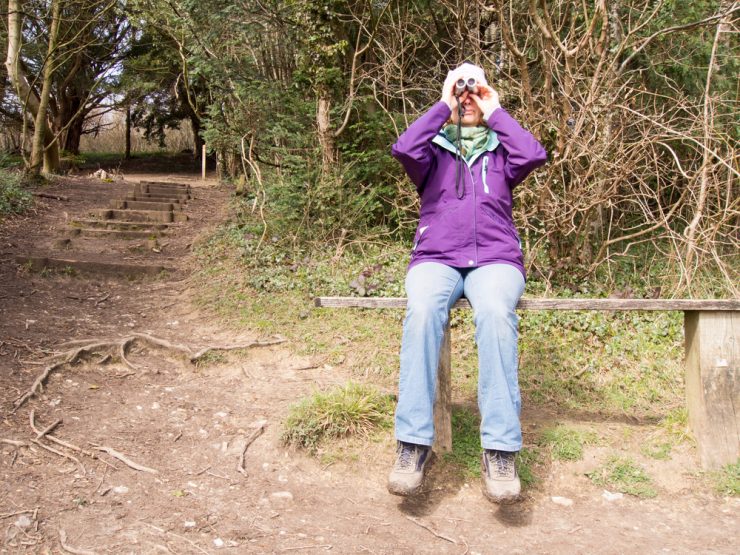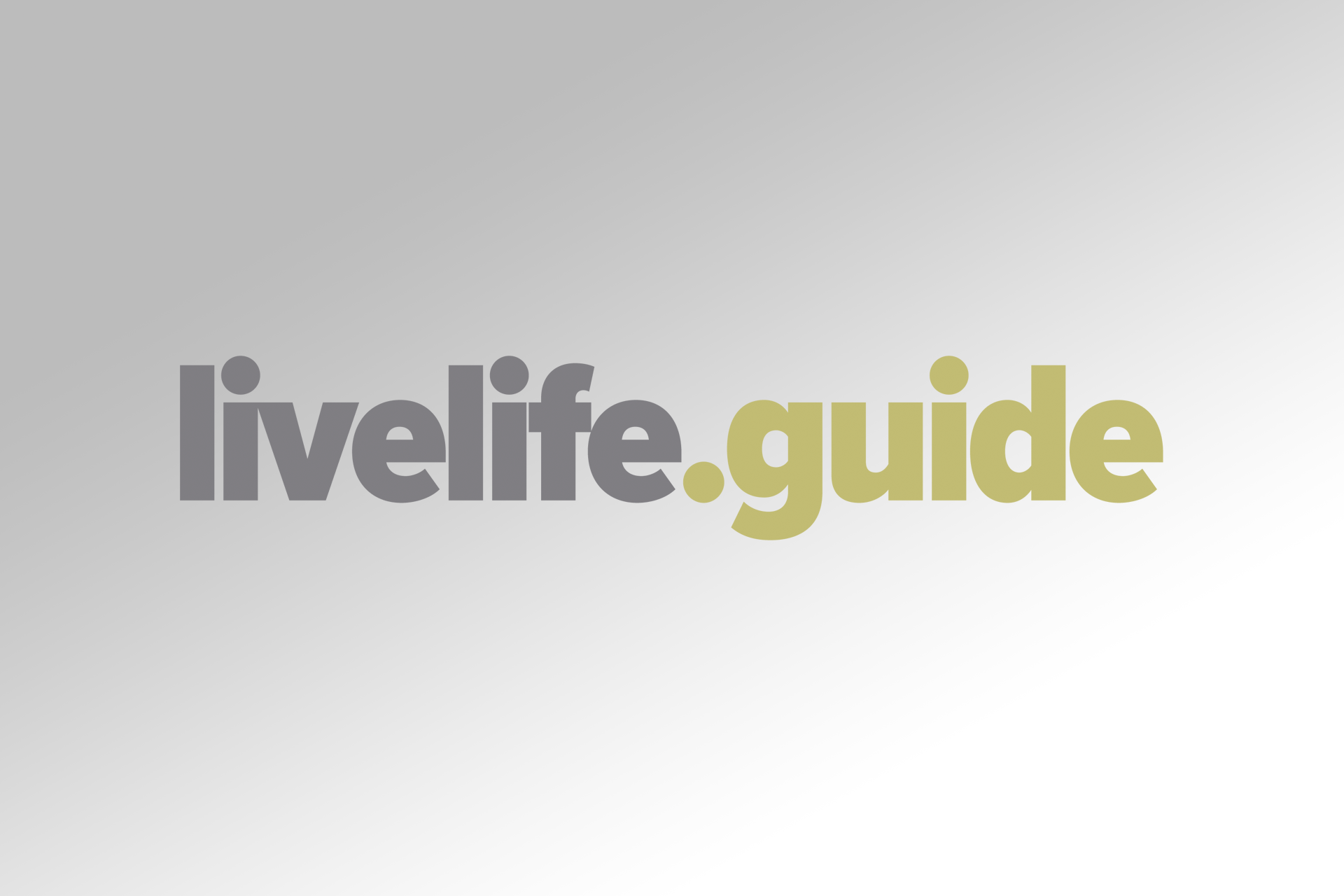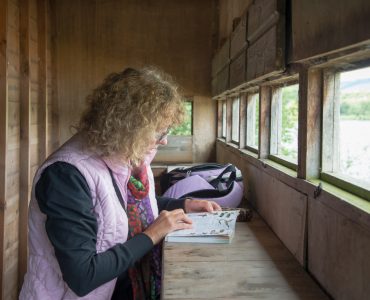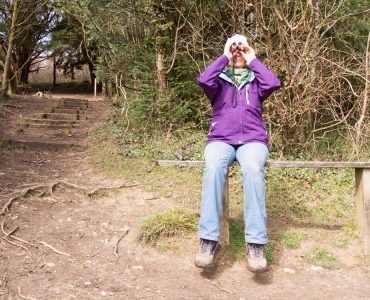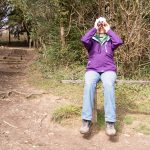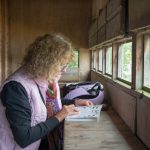The Chaffinch is one of the most common finch birds found today, characterised by the double white bars on its wings. These wing bars occur due to white patches found on the covert areas as well as the wing feathers. The male and female birds appear different, with the male being pink breasted, the crown and nape being a bluish grey and its back being brown in colour. The female on the other hand appears an olive brown colour on the back, with a grey-brown combination breast which turns near white towards the neck. The young ones of the chaffinch are very similar in appearance to the females. The male chaffinch is a real beauty, with more colours found in the plumage than any of the other British birds. In summer, both male and female chaffinches have a brighter plumage than during the winter season.
Known by its scientific name of Fringilla Coelebs, the Chaffinch grows up to 14.5 cms in length, and weights around 18 to 29 grams. The wing span of the bird can be about 24.5 cms to 28.5 cms in length. The birds are found all year round. The male has a tendency to change its bill colours during the summer season, from the regular brown to a grey blue combination, and returning back to a pale brown in winter.
The chaffinch has a unique voice, known very well for what is called its rain call. It comprises of a short trilling sound repeated over and over, combined with a loud call that sounds like ‘pink pink’. This has become a characteristic sign about the bird, making it recognisable even if it is not seen. The chaffinches feeding habits are more or less normal, preferring to go for insects or seeds, and during breeding time they seem to thrive on caterpillars. Living in gardens, the bird rummages around in the ground for seeds from sunflower or hearts, which are generally split through the centre, or they feed on the hanging plants.
The breeding season for chaffinches starts in the month of April, with 1 to 2 clutches and 2 to 8 eggs. The female has a 10 to 16 day incubation period, after which the fledging will go on for about 11 to 18 days. The whole timing would vary from one female bird to another, based on their physical condition. Nests built by chaffinches are very neat, made from grass, moss as well as few feathers, all held together using spiders web. The inside is again lined using wool and more feathers, and a touch of lichen and pieces of bark adds a decorative look. These birds are thus, highly creative animals. The nests are generally found in the crook of trees or small shrubs.
Once the juveniles are hatched, the parent birds are quite cautious with them, willing to move for only very small distances before turning back to the nests. The time period when most of the birds are hatched is during March and September, and they generally live in huge flocks of families. There had been a time in the 1950’s when the species were in danger of extinction, but over the years, they have stabilised.


